As Tesla continues to dominate the electric vehicle landscape, two ambitious challengers, Rivian and Lucid, are quietly building momentum from opposite ends of the EV spectrum. Rivian and Lucid Motors, California’s clean-energy cowboys, are building their electric dreams while Tesla continues to suck all the oxygen out of the EV room.
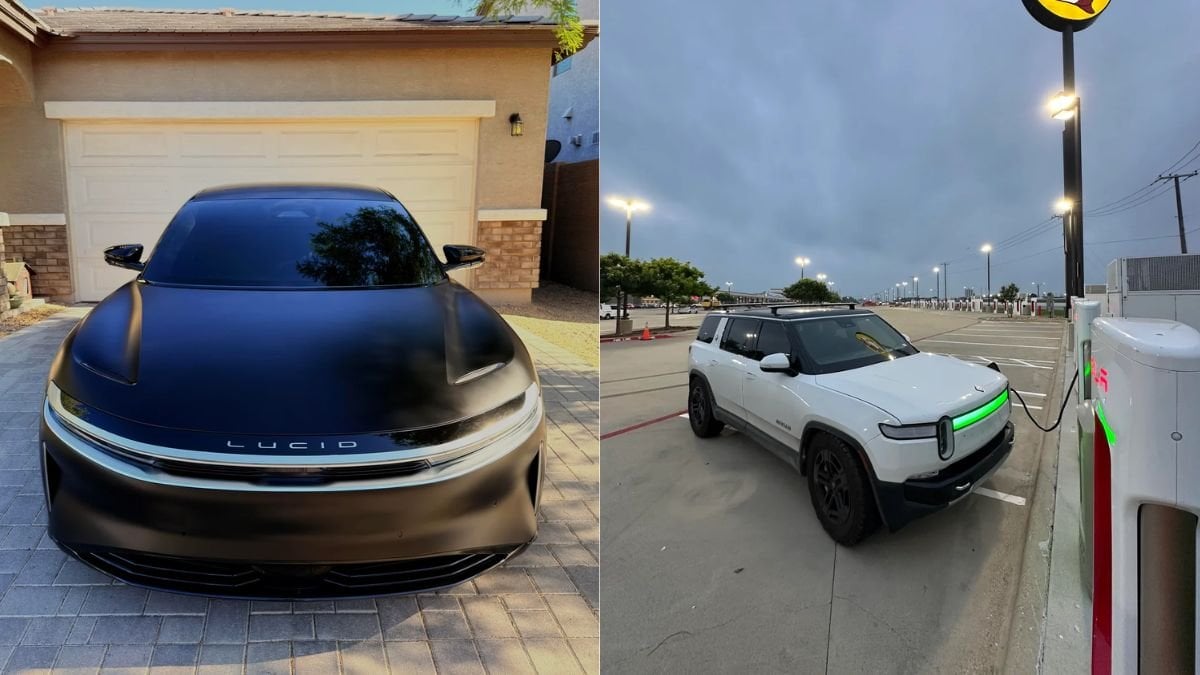
These two upstarts want to dethrone the king. They’re leaner, faster, and free of the bureaucracies that slow giants like Tesla. And when you own both, a Lucid Air Grand Touring and a Rivian R1S, you’re not just a bystander. You’re an embedded war correspondent, watching this electric arms race unfold from the front seat.
Insider’s EV Road Trip Perspective, Lucid Air GT vs Rivian R1S
One of the most telling perspectives comes from a Lucid Owners Forum user, BS8899, who’s lived the EV road trip life with both a Lucid Air Grand Touring and a Rivian R1S. His firsthand account is a raw, detailed logbook from someone who’s put thousands of real miles on both vehicles.
“Background:
I have two homes, one in Phoenix, AZ, and one in Sausalito, CA.
Before my (now) 2nd home in Sausalito, I had a 2nd home in Rancho Palos Verdes (LA suburb) when my son was going to school at USC.
I regularly drove the Phoenix to LA route (400 miles, door-to-door) and now, I drive the Phoenix to Sausalito (~780 miles, door-to-door) route.

I am a strong EV advocate. My home in Phoenix has been 100% solar-powered and wired for EV charging since 2008. Sadly, no pure EV was worth buying until the 2020s. I had a gas hybrid (2017 Lexus RX450H), and a 2019 Honda Clarity (PHEV), now my son’s car. Currently, I drive a 2022 Lucid AGT and a 2023 Rivian R1S.
I want to share my perspectives about taking long road trips in a hybrid, a PHEV, and two different EVs. Nothing profound. Just some real-life experience and numbers for long road trips.
Framing:
I don’t intend to get into debates with anyone about the efficiency (miles/kWh) of EVs and whether it is related to the square or cube of the speed, etc., drag coefficients, elevations, etc., etc.. Enough has already been said by many forum participants. Mostly, I loosely follow the speed limit, between 70-80mph on I-10 and I-5. In short, if you drive fast, your efficiency will be (substantially) lower than the EPA and what you wish for. There are a lot of nuances beyond just the drag factor and the speed. That’s just life! Suck it up!
In Perspective:
I drove my Lexus on many trips to LA and to Sausalito. In short, the Lexus performed flawlessly over a 6-year period. It gets ~28-29 miles/gallon. Its driver assist functions (lane-keep, adaptive cruise control, etc.) are on par with all the other cars, even though the Lexus is 5-6 years older than the Lucid and the Rivian (see below). I had ZERO problems with the Lexus over a 6+ year ownership. It was a quality car! The trip from Phoenix to LA takes ~6hrs, non-rush hour, 1X gas refill. Trip from Phoenix to Sausalito takes ~11hrs (no traffic), 2X refill. Cost of gas ~$120-140 (@$4.50/gallon avg) for the Phoenix to Sausalito trip, depending on the prevailing gas price.
The Honda Clarity is the best-balanced car if you want EV economy/convenience and no anxiety on long drives. It gets 45+ EV miles (rated @47 miles) range when fully charged. I can get around town on EV-only and never needed any gas until I got on the road between LA and Phoenix. There, I used the “mixed mode” with EV and gas. It gives a good balance between power and economy. Trips between Phoenix and LA take 6hr, 2X refill (The Clarity only has a 7-gallon gas tank). The cost of gas is <$55 for the Phoenix to LA trip. I love this car!
I bought the Lucid AGT (19” wheels) in Nov 2022, mostly because of the advertised range (EPA range rated at 516 miles). It is the longest-range EV around. In reality, it barely covers the 400-mile distance between Phoenix and LA. True, there are elevation changes (e.g., San Bernardino Mts, etc.) and highway speed (70-80 mph) that wreak havoc on your EPA range. On over 7,000 miles of driving the Lucid, the efficiency is ~3.6 miles/kWh. Pure highway driving (70-80 mph) is ~2.9-3.0 miles/kWh. The cost of charging for the Phoenix to Sausalito trip is ~$150-$160 with Electrify America (@56c/kWh). Free, if you have a free charging station.
On the Phoenix to Sausalito trips (780 miles), it takes ~12 hrs. The Lucid can make it with 2 charging stops. But you need to plan carefully. I arrived in Sausalito (from Phoenix) with 2 charging stops, with <5% SoC upon arrival! One good thing about the Lucid is its fast charging, unless your charging rate is limited by Electrify America throttling, and it happens often!
The ground clearance of the Lucid is incredibly low. That’s how they get the drag coefficient down. Mechanically, this car is a thrill to drive. The interior is comfortable. But you must be extremely careful not to go over bumps fast or park too close to the curb! The infotainment and SW are sub-par! The navigation is barely functional and laggy. I must resort to my phone navigation on several occasions.
The Rivian is built like a tank! It is rugged and rides high. It is reasonably comfortable, though not luxurious. With the large pack (battery), it is rated at ~321 miles (road tires, quad motor). You can squeeze out another 15 miles or so using Conserve mode (FWD only). From my experience and other Rivian owners’ reports, the efficiency is close to 2.3 miles/kWh, higher than the 2.0 miles/kWh claimed by Rivian. It can pull 7,000 lbs and carry a lot of stuff! It rides high and can handle rough roads. The 3rd row seats are not that bad, though I won’t ride the 3rd row for a 13-hour trip. The SW and infotainment system is superior to those in Lucid’s. The navigation is excellent, the destination search is very informative and far better than Lucid’s.
If your trips are less than 550 miles, you can do it with 2 charges. But my Phoenix to Sausalito trip requires 3 (or even 4) charging stops. But if you like rough roads and 4-wheeling, Rivian is the only (EV) way to go!
Rivian has its own “Adventure” charging network. It used to be free (ended Nov 2023). Rivian now charges a uniform 36 cents/kWh. These DC chargers are rated at 300kW. My experience is that every single one worked, and they don’t throttle, far better than Electrify America! And Rivian charger’s rates (36 cents/kWh) are MUCH cheaper than Electrify America (and Tesla)! On paper, the Rivian does not charge as fast as the Lucid per the charging specs. In reality, the Lucid does charge faster, but the difference in actual charging time is not as big as the specs suggest since the Lucid’s peak charging rate is only relevant over a small SoC range (e.g., from 20% to say 40%). Nevertheless, taking the Rivian on the 780-mile journey will result in an additional stop (or two) and 35 minutes or more. The cost of charging is ~$130-135 (@36c/kWh) if you use all Rivian Adventure charging stations.
In conclusion, if I only have one car and I need to do long-distance driving, I’d opt for a PHEV. The Lucid AGT’s range and fast charging are pluses for long road trips, and fun to drive. It saves 1 to 2 charging stops and ~1+hr of travel time on a 780-mile trip. But the Lucid has the highest fuel cost (if you must pay for it). The navigation system is quirky, laggy, and almost useless. The Rivian R1S is roomy and rugged. Best for family/dogs, camping, 4-wheeling, and hauling things. Its range and efficiency are not as good as the AGT. However, the Rivian Adventure chargers are great and about 30-45% cheaper than Electrify America and Tesla chargers. According to Rivian, its Adventure Charging Stations use renewable energy such as solar and wind.
Apologies for the long, rambling post. To each his own!”
The Lucid delivers strong range and serious speed, no question. It’s quick, comfortable, and built for covering ground. But it also comes with strings attached.
Its performance depends heavily on external factors, especially the charging network. Electrify America is still rolling the dice at scale, and Lucid’s otherwise heroic fast-charging is frequently held hostage by throttled stations and software lag. It’s a car that can do incredible things if the stars align.
Lucid Air Touring vs Rivian R1S: Dimensions, Performance & Range Comparison
- The Rivian R1S is a sizable SUV measuring 200.8 inches in length and 77.3 inches in height, offering seating for up to 7 passengers across three rows. In contrast, the Lucid Air Touring is a sedan, 195.9 inches long and 55.4 inches tall, accommodating up to 5 passengers.
- The R1S offers dual or quad-motor all-wheel-drive configurations, delivering up to 835 horsepower and achieving 0–60 mph in approximately 3.0 seconds. The Lucid Air Touring features a dual-motor AWD setup with 620 horsepower, accelerating from 0–60 mph in 3.4 seconds.
- Equipped with a 135 kWh battery, the R1S offers an estimated range of up to 400 miles. The Lucid Air Touring has a 92 kWh battery, providing an EPA-estimated range of 406 miles.
- The R1S supports DC fast charging up to 220 kW, allowing a 10–80% charge in about 35–40 minutes. The Lucid Air Touring can charge at up to 250 kW, adding approximately 200 miles of range in 15 minutes.
Contrast that with the Rivian R1S. Where the Lucid glides and whispers, the Rivian thuds and climbs. It's an electric SUV that acts like it was raised on a steady diet of Moab and national parks. The same forum user reports ~2.3 mi/kWh on his long hauls, modest efficiency, yes, but redeemed by a charging experience that just works.
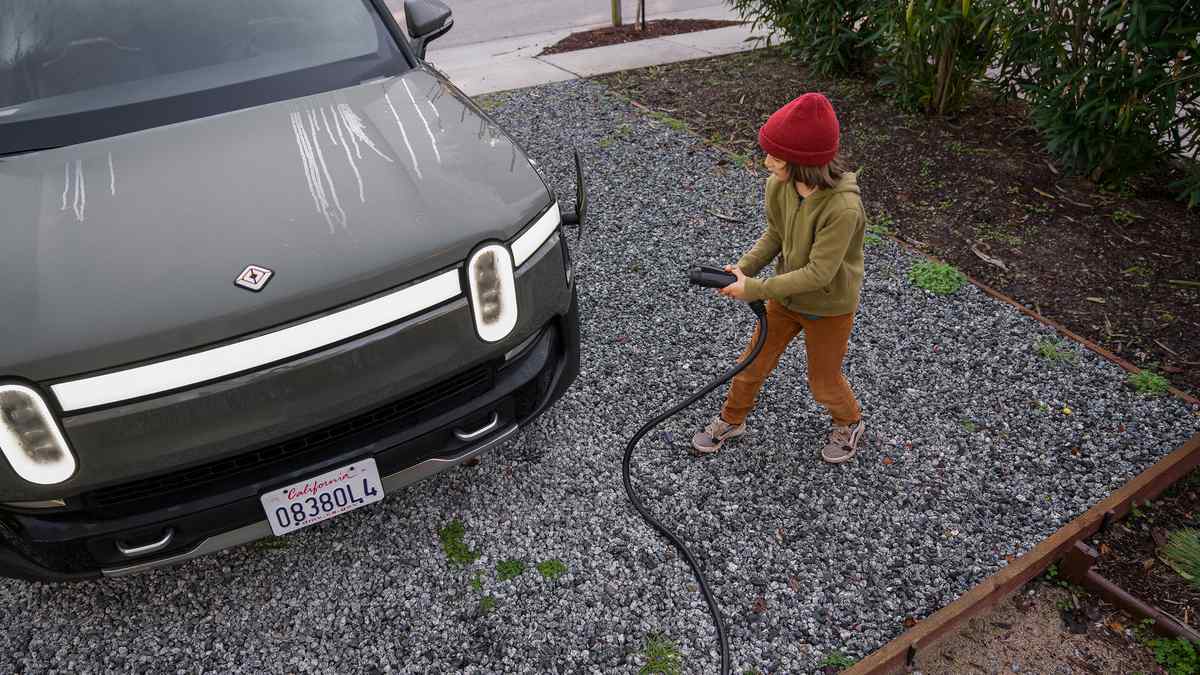
Rivian’s Adventure Network may not match Tesla’s Supercharger sprawl, but it’s dependable, cheaper (at 36 cents/kWh), and doesn’t suffer from the throttling games that plague Electrify America. “Every single one worked,” he wrote. That line alone is worth ten thousand marketing brochures.
And then there’s Tesla. The elephant in the showroom. You can hate the CEO or roll your eyes at the fanboys, but Tesla still owns the infrastructure game, and that matters. When you’re number one, you defend your turf with relentless scale. Tesla’s OTA updates land with surgical consistency. Its Superchargers are still the benchmark. And as the road-tripping stakes rise, the ease and reliability of a Tesla experience is enough to make you forgive the odd panel gap or clunky yoke.
Tesla’s Charging Infrastructure, The Benchmark in EV Road Tripping
Yet where Tesla is an empire, Lucid and Rivian are artisans. The Lucid is for those who want their electric miles wrapped in leather and low-drag curves. The Rivian is for people who want to throw a canoe on top and still have room for the dog. “To each his own,” BS8899 says. And he means it. The Lucid delivers stunning speed, whisper-quiet comfort, and legitimate long-range credentials, if you’re willing to meticulously plan your charging. The Rivian adds time at the plug, sure, but you won’t be worrying if the charger works when you get there.

The irony, of course, is that both Lucid and Rivian succeed by doing what Tesla once did best: disrupting entrenched thinking. Lucid went after range and ride. Rivian went after lifestyle and utility. And both companies appeal to customers who’ve grown tired of software bugs masquerading as features. Tesla once sold an idea of freedom. These two now sell the idea of control, of knowing your car, knowing your trip, and not having to hack around your navigation with a second phone.
Rivian Adventure & Lucid Charging: Network Speeds, Home Charging & Sales Models
- Utilizing DC fast charging, the R1S can add up to 150 miles of range in approximately 20 minutes under optimal conditions. Home charging with Rivian's Wall Charger provides up to 11.5 kW, adding about 25 miles of range per hour.
- The Air Touring supports DC fast charging up to 200 kW, enabling a 10% to 80% charge in about 26 minutes. Its 900V+ architecture allows for rapid charging, adding up to 200 miles in approximately 12 minutes.
- Rivian operates a direct-to-consumer sales model without traditional dealerships. Customers can purchase vehicles online, and service is provided through Rivian Service Centers and mobile service vans.
- Lucid also follows a direct-to-consumer approach, with "Lucid Studios" located in various cities for customers to experience vehicles. Sales are conducted online, and service is available through Lucid Service Centers and mobile service units.
So, which one wins the 780-mile war from Phoenix to Sausalito? BS8899 lays it out without bias: the Lucid is faster, saves a charge stop, and eats highway miles with grace, but it demands your attention.
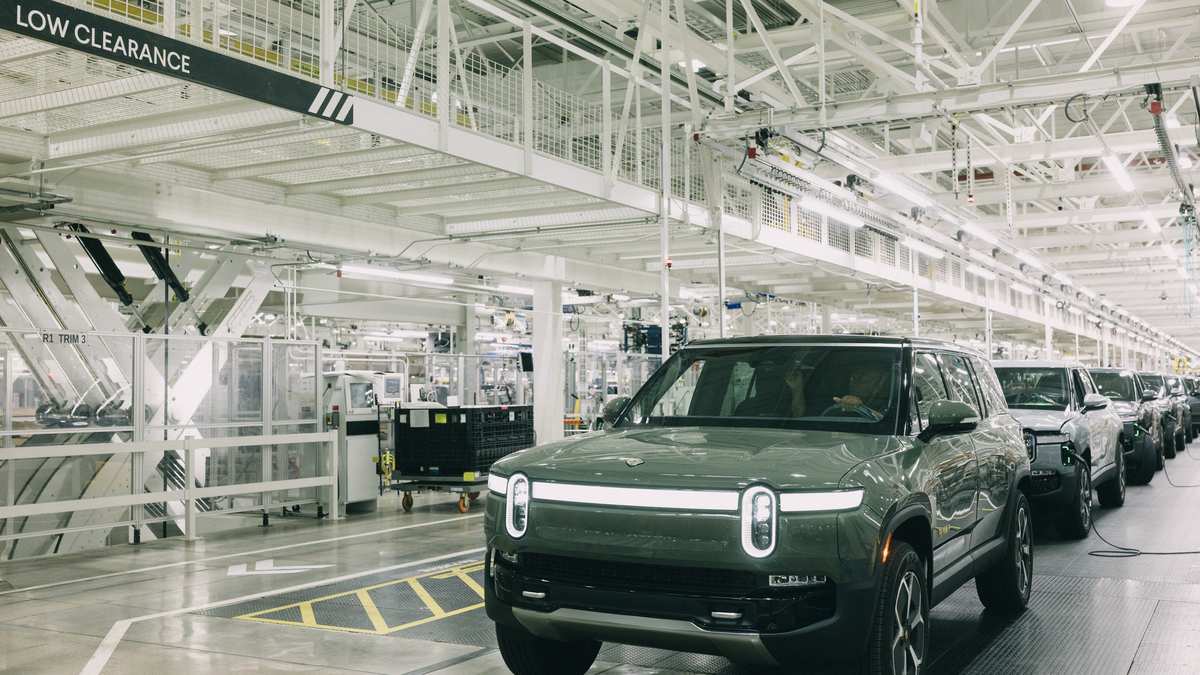
The Rivian is slower, boxier, and thirstier, but it asks less of you. It’s rugged, consistent, and well-suited to families and dirt roads. Both vehicles reflect different answers to the same question. What do EV drivers actually want from a road trip machine?
EV Road Trip Verdict: Choosing Between Lucid Air GT, Rivian R1S, and Tesla
Tesla may still sit at the top of the EV world, but Rivian and Lucid aren’t just chasing anymore, they’re starting to show up as real options for serious buyers. The throne isn’t empty, but it’s starting to shake. Lucid makes its case with range and refinement, while Rivian leans into versatility and dependability.
And Tesla? It’s still the standard, mostly because everything around it, charging, software, the overall experience, just works. The real question now is how long it can stay ahead while these younger players close the gap, mile by mile.
What matters most to you on a long journey? Is it pure range and speed, or would you trade that for reliability and the ability to tackle rougher terrain?
Let's hear your thoughts in the comments below.
Image Sources: Rivian Newsroom, Lucid Newsroom, r/Rivian Even-Machine4824, r/LUCID OrganicNebula
Noah Washington is an automotive journalist based in Atlanta, Georgia. He enjoys covering the latest news in the automotive industry and conducting reviews on the latest cars. He has been in the automotive industry since 15 years old and has been featured in prominent automotive news sites. You can reach him on X and LinkedIn for tips and to follow his automotive coverage.


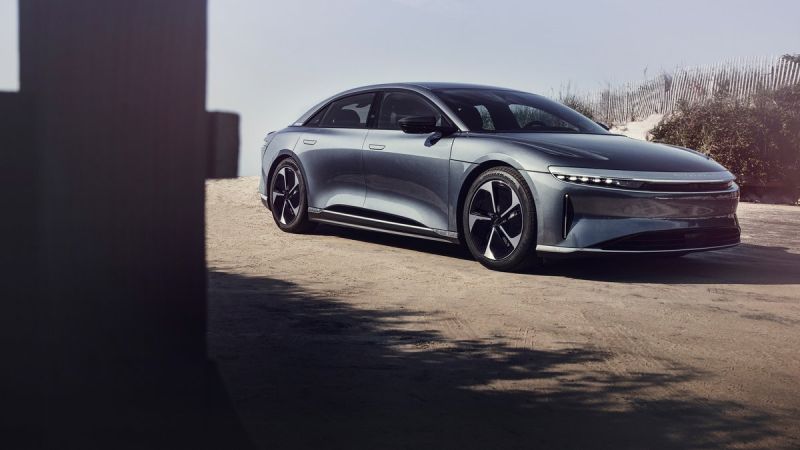




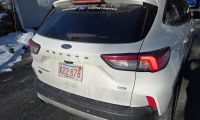
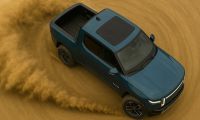
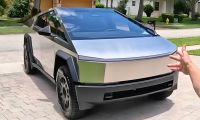
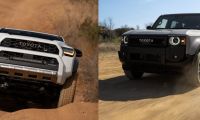

Comments
My wife & I drove a 2014…
Permalink
My wife & I drove a 2014 TESLA MODEL S 85 rear wheel drive from vancouver to Halifax Canada in May June 2015.
No superchargers from red deer Alberta until Barrie Ontario. 3 hour lunch’s were required to gain 225 kilometers range.
Today our 2024 TESLA Model Y, & with the TESLA SUPERCHARGERS, the 225 kilometers additional range is gathered in 20 minutes. The reason for this post is to enforce the idea that long range travel is only possible with fast RELIABLE charging. Love Elon or not, but TESLA has the platinum standard for charging stations that just work. It was never range anxiety but will the charging stations be reliable. Just buy a vehicle that has a NACS port & you will enjoy your trip.
Thanks for sharing your…
Permalink
In reply to My wife & I drove a 2014… by Bruce (not verified)
Thanks for sharing your story! I totally agree fast, reliable charging like Teslas makes all the difference for long trips. Reliable fast charging is the real game changer.